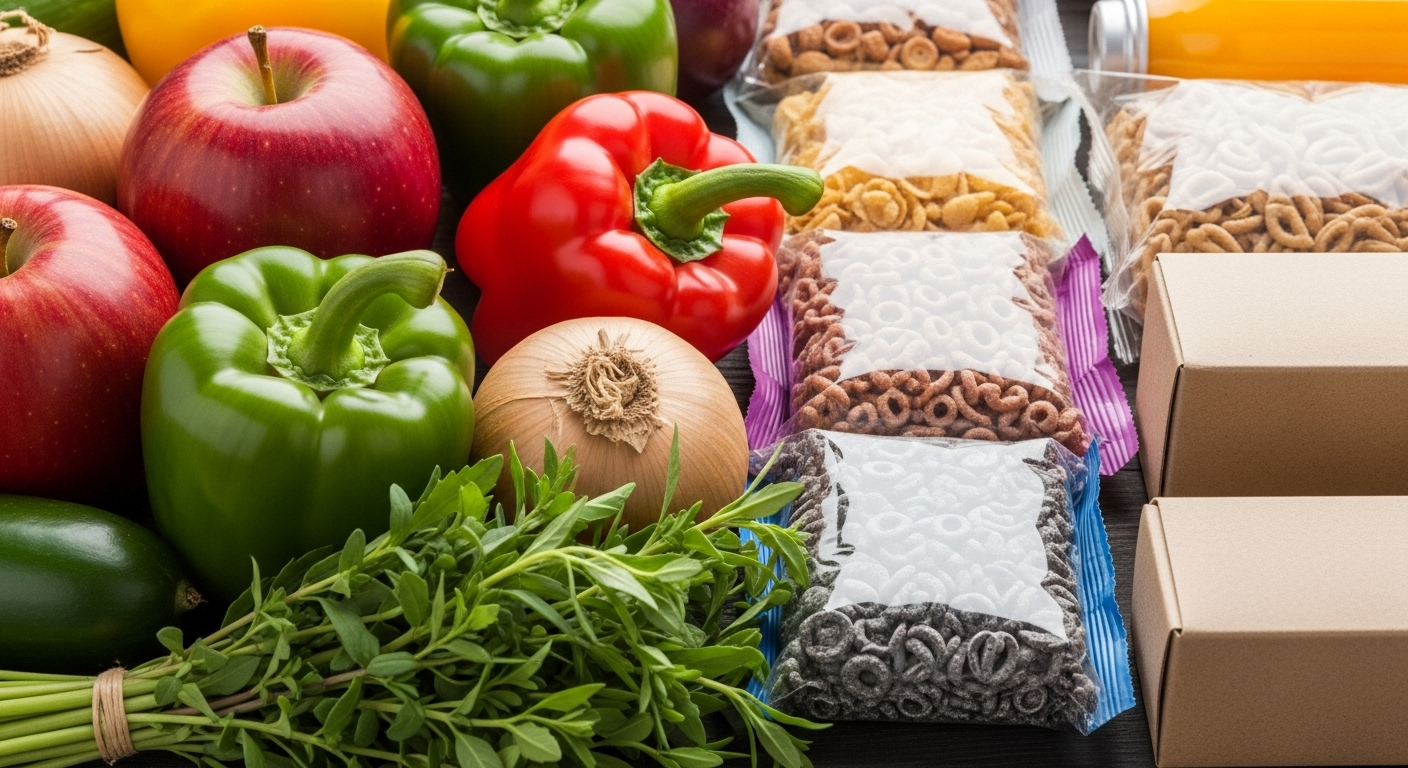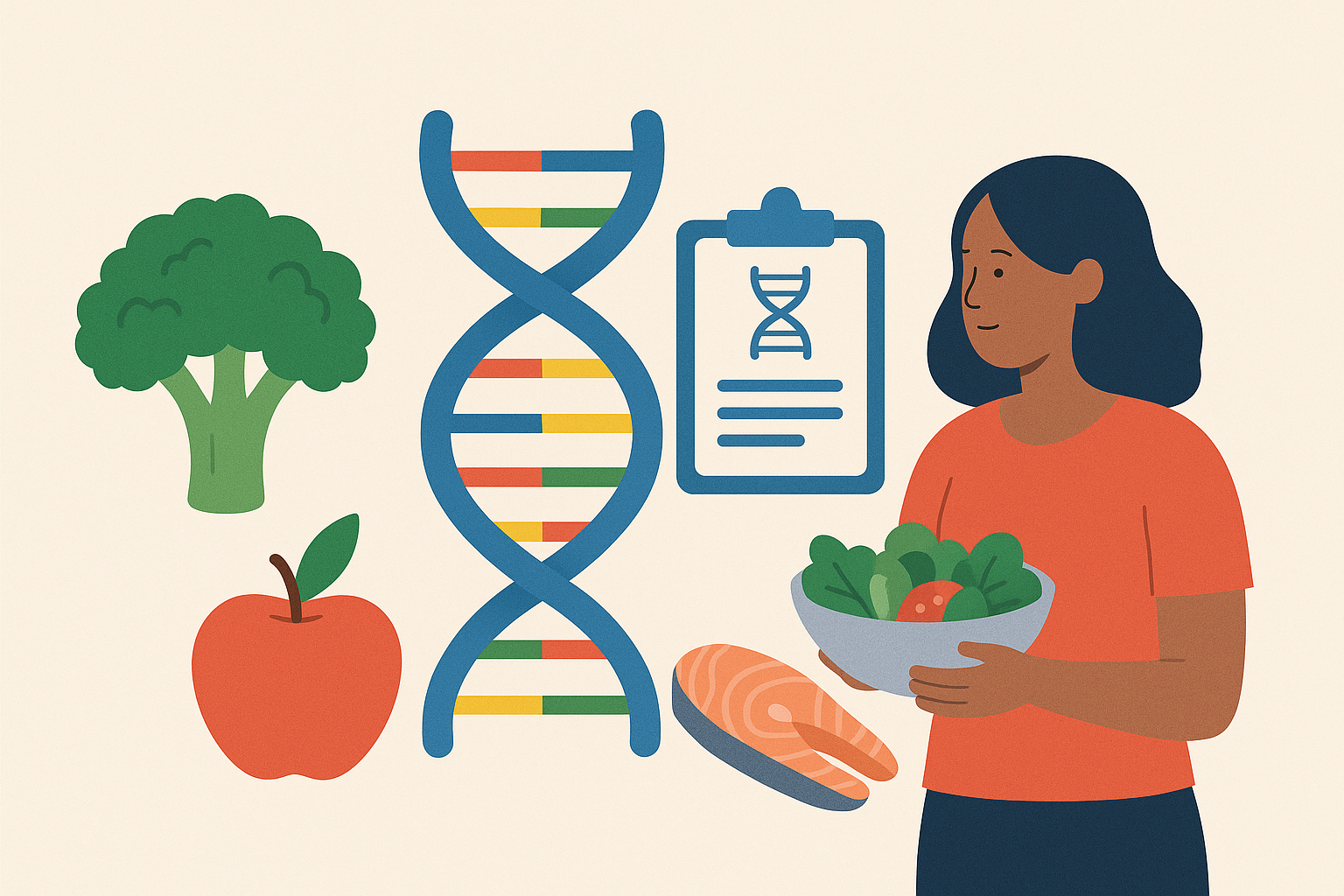Have you ever stood in a grocery aisle, comparing two seemingly similar products, only to find one has an ingredient list that reads like a chemistry textbook? You’re not alone. Last week, I found myself squinting at a loaf of bread with over 20 ingredients, including several I couldn’t pronounce. That moment sparked a deeper dive into the world of ultra-processed foods – and what I discovered was both eye-opening and concerning.
Ultra-processed foods have quietly infiltrated our diets, making up nearly 60% of the average American’s daily caloric intake. But here’s the thing: most of us don’t even realize we’re consuming them. These aren’t just the obvious culprits like chips and soda. They’re hiding in plain sight as breakfast cereals, yogurts, and even some products marketed as “healthy.”

What Exactly Are Ultra-Processed Foods?
The term “ultra-processed” might sound like marketing jargon, but it’s actually a scientific classification developed by researchers to categorize foods based on their level of processing. Ultra-processed foods undergo extensive industrial processing and contain ingredients you wouldn’t typically find in a home kitchen – think emulsifiers, artificial colors, flavor enhancers, and preservatives with names that require a chemistry degree to pronounce.
The NOVA classification system, developed by Brazilian researchers, breaks foods into four categories. Ultra-processed foods fall into group 4, characterized by having five or more ingredients, many of which are industrial additives. These foods are designed to be convenient, shelf-stable, and irresistibly tasty – often at the expense of nutritional value.
Unlike minimally processed foods (like frozen vegetables) or processed foods (like canned beans with salt), ultra-processed foods are formulated to be hyper-palatable. Food scientists engineer these products to hit what they call the “bliss point” – the perfect combination of sugar, salt, and fat that keeps us coming back for more.
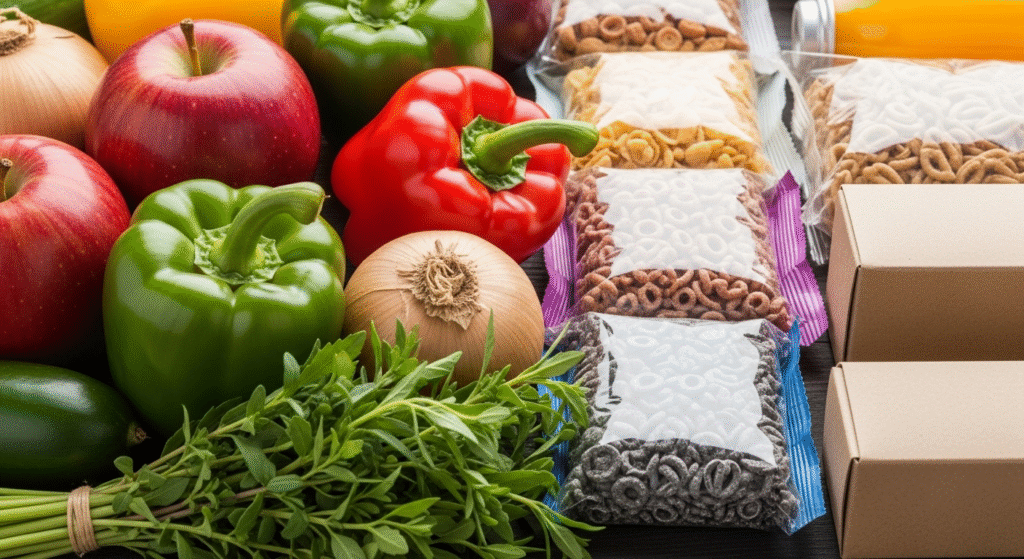
The Hidden Health Impact
Recent research has revealed some troubling connections between ultra-processed food consumption and various health issues. A 2023 study published in the British Medical Journal found that people who consumed the most ultra-processed foods had a 32% higher risk of premature death compared to those who ate the least.
But the problems don’t stop there. Ultra-processed foods have been linked to increased risks of obesity, type 2 diabetes, cardiovascular disease, and even certain cancers. The mechanism isn’t entirely clear, but researchers believe it’s a combination of factors: poor nutritional quality, addictive properties, and the way these foods affect our gut microbiome.
Dr. Carlos Monteiro, who developed the NOVA classification, explains that ultra-processed foods are “nutritionally unbalanced” and designed to replace natural foods rather than complement them. When these foods make up a significant portion of our diet, we miss out on essential nutrients while consuming excess calories, sodium, sugar, and unhealthy fats.
Perhaps most concerning is how these foods affect our eating behavior. The combination of engineered flavors, textures, and convenience makes it incredibly easy to overconsume. Have you ever noticed how hard it is to stop at just one serving of certain packaged snacks? That’s by design.
Spotting Ultra-Processed Foods in Your Diet
The good news is that identifying ultra-processed foods becomes easier once you know what to look for. The ingredient list is your best friend here. If you see more than five ingredients, or ingredients you wouldn’t use in home cooking, you’re likely looking at an ultra-processed product.
Common red flags include artificial colors (like Red 40 or Yellow 6), flavor enhancers (such as monosodium glutamate), emulsifiers (like carrageenan or lecithin), and preservatives with complex names. High fructose corn syrup, artificial sweeteners, and protein isolates are also telltale signs.
Location in the store can also be a clue. Ultra-processed foods dominate the inner aisles of supermarkets – the cereal aisle, snack aisle, and frozen food sections. The perimeter of the store, where you’ll find fresh produce, meat, and dairy, tends to house more minimally processed options.
Some ultra-processed foods might surprise you. Many breakfast cereals, flavored yogurts, plant-based meat alternatives, energy bars, and even some breads fall into this category. Even products marketed as “natural” or “organic” can be ultra-processed if they contain multiple industrial ingredients.
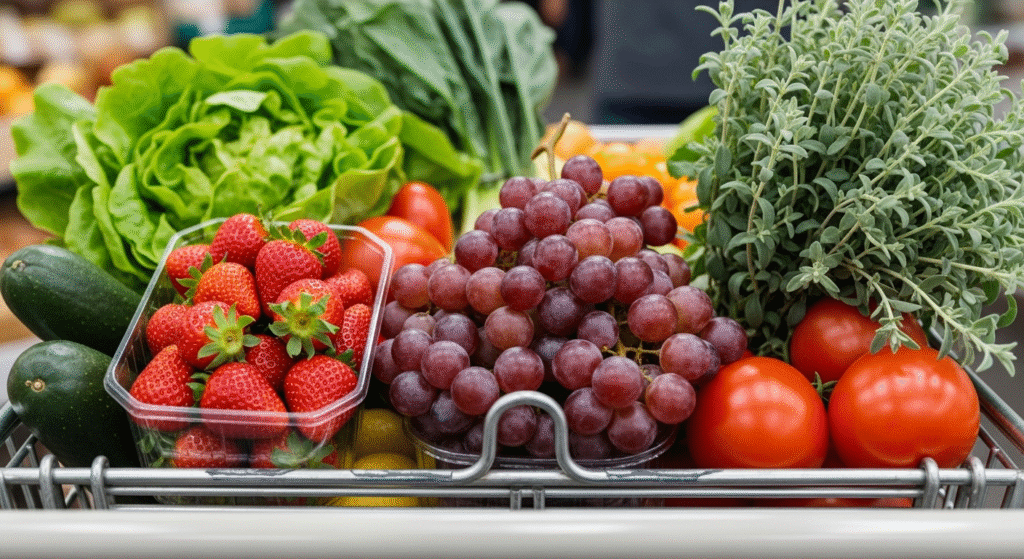
Making the Transition to Whole Foods
Shifting away from ultra-processed foods doesn’t mean you need to overhaul your entire diet overnight. Small, sustainable changes often work better than dramatic restrictions. Start by focusing on one meal or snack at a time.
Breakfast is often the easiest place to begin. Instead of reaching for that box of sugary cereal, try overnight oats with fresh fruit and nuts. You can prepare several jars at once using a quality glass meal prep container set, making mornings just as convenient as pouring cereal from a box.
For snacks, fresh fruit, nuts, or homemade energy balls can replace packaged options. A good food processor makes whipping up your own snacks surprisingly simple – and you’ll know exactly what’s in them. I’ve found that having healthy options readily available makes it much easier to avoid the ultra-processed alternatives.
Reading labels becomes second nature with practice. When shopping, try the “5-ingredient rule” – if a product has more than five ingredients, or ingredients you can’t pronounce, consider whether there’s a less processed alternative.
Meal planning and batch cooking can also help reduce reliance on convenience foods. Spending a few hours on Sunday preparing ingredients or complete meals for the week makes healthy eating much more manageable during busy weekdays.
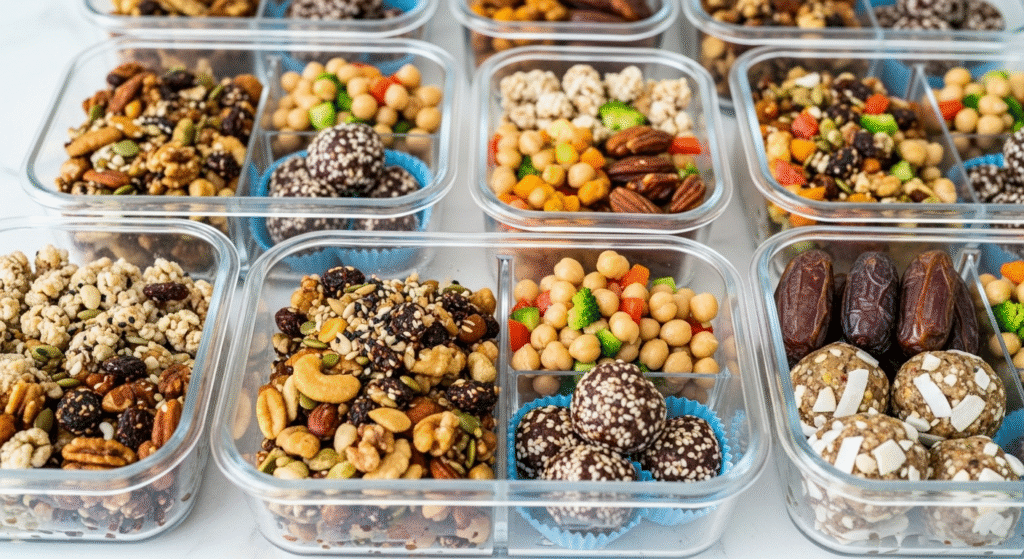
The Economic and Environmental Angle
Beyond personal health, our collective consumption of ultra-processed foods has broader implications. These products often require extensive packaging, long supply chains, and significant energy for production – all contributing to environmental degradation.
From an economic perspective, while ultra-processed foods might seem cheaper upfront, the hidden costs include healthcare expenses related to diet-related diseases and the premium we pay for convenience. Cooking from scratch with whole ingredients often proves more economical when you factor in the cost per serving and nutritional value.
Supporting local farmers and choosing seasonal produce not only reduces your ultra-processed food intake but also contributes to a more sustainable food system. Community-supported agriculture (CSA) boxes or farmers’ market visits can make this transition enjoyable and educational.
Building a Sustainable Approach
The goal isn’t perfection – it’s progress. Ultra-processed foods don’t need to be completely eliminated from your diet to see health benefits. The research suggests that reducing consumption, rather than complete avoidance, can make a significant difference.
Focus on the 80/20 approach: aim for 80% of your diet to come from whole or minimally processed foods, leaving room for the occasional convenience item or treat. This approach feels sustainable and doesn’t create an all-or-nothing mentality that often leads to giving up entirely.
Start by replacing one ultra-processed food in your regular rotation with a whole food alternative each week. Maybe it’s swapping instant oatmeal for steel-cut oats, or choosing fresh fruit over fruit snacks. These small changes compound over time.
Remember that cooking skills can be learned at any age. If you’re intimidated by the kitchen, start simple. Basic knife skills, understanding how to season food, and mastering a few fundamental cooking techniques can go a long way toward reducing your dependence on processed options.

Moving Forward
Understanding ultra-processed foods empowers you to make informed choices about what you eat. The food industry has spent decades perfecting products designed to be irresistible and convenient, often at the expense of our health. But knowledge is power, and now you’re equipped to navigate the grocery store with new awareness.
The path to eating fewer ultra-processed foods isn’t about restriction – it’s about addition. Adding more whole foods, more cooking skills, and more awareness to your life. Every small step toward choosing less processed options is a win for your health, your wallet, and the environment.
Start where you are, use what you have, and do what you can. Your future self will thank you for the investment in real, nourishing food. What’s one ultra-processed food you could replace with a whole food alternative this week? Your journey toward better health starts with that single choice.


